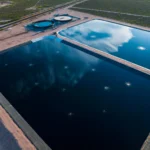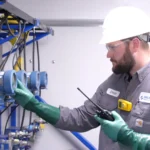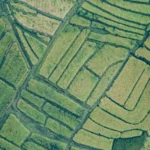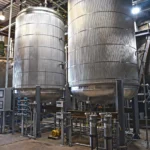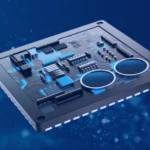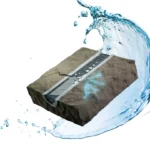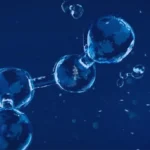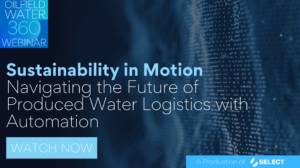Produced water logistics may sound like just another industry buzzword, but with produced water changing the landscape of hydraulic fracturing, it is a critical part to successful operations. While using treated produced water alleviates the headaches of sourcing freshwater, it brings up a new set of logistical challenges that can be managed effectively with automation.
In this article, we dive into the importance of produced water in operations, the complicated work of moving and balancing produced water, and the role that automation plays in enhancing efficiency and sustainability.
Defining the Landscape: Produced Water Logistics
Simply put, produced water logistics is the movement and management of effluent water from producing wells from the point of origin to the point of consumption according to the needs of the customer.
The industry has expanded exponentially in the last 10 years and completions require more water than ever. Produced water from dozens of wells can now be gathered and blended in a centralized recycling facility through a vast network of pipelines, transfer systems, and storage tanks. This massive scope demands a sophisticated approach and constant oversight, one that human intervention alone can no longer adequately address.
Empowering Efficiency through Automation: Tools and Technologies
This is where automation emerges as a game-changer. Automation is not necessarily a single tool or solution; it is a comprehensive collection of technologies and systems that work together to enable effective and intelligent management of produced water. At the forefront of this transformation is AquaView, our integrated suite of automation tools that work seamlessly together to help energy producers manage operations.
AquaView’s capabilities include:
- Water Balancing and Accounting: Imagine predicting the water inventory at various facilities at any given time. It is an overwhelming task that automation simplifies. Scheduling, reporting, and billing—these facets are managed seamlessly to optimize resource allocation and utilization.
- Data Collection & Integration: Web-based and mobile applications that allow users to input data and make it immediately visible and usable by the larger system.
- Process Control: Automated and remote control of processes as simple as proportional chemical dosing and as complex as entire water treatment facilities
- Pond Impoundment Mapping and Monitoring: Visualizing the water infrastructure is vital. AquaView enables precise mapping and real-time monitoring of ponds, enhancing situational awareness and proactive decision-making.
- Water Quality and Automated Blending: Conductivity, TDS, ORP—these parameters are continuously monitored, ensuring water quality meets stringent standards. Automated blending fine-tunes water composition, yielding optimal results.
- Leak Detection: Automation extends its reach to leak detection, spanning ponds, above-ground storage, pipelines, and even lay flat hose, enabling swift identification and response to mitigate losses and environmental impact.
- Flow Management: Flow meters accurately quantify water movement. From customer-level data to regional and county breakdowns, this data-rich approach informs strategy.
- Automated Motor Control: Electric or diesel pumps and manifolds are controlled seamlessly through automation. This ensures precise and efficient water movement without manual intervention.
- Reporting and Command Center: Automatic updates to customers and internal stakeholders ensure everyone is on the same page. A 24/7 command center further guarantees operational integrity.
Produced water logistics is a dynamic combination of services where automation has emerged as the catalyst for transformative change. As energy producers aim to use 100% treated-produced water in operations, they will increasingly depend on automation to minimize human intervention, reduce environmental impacts, and optimize processes.
